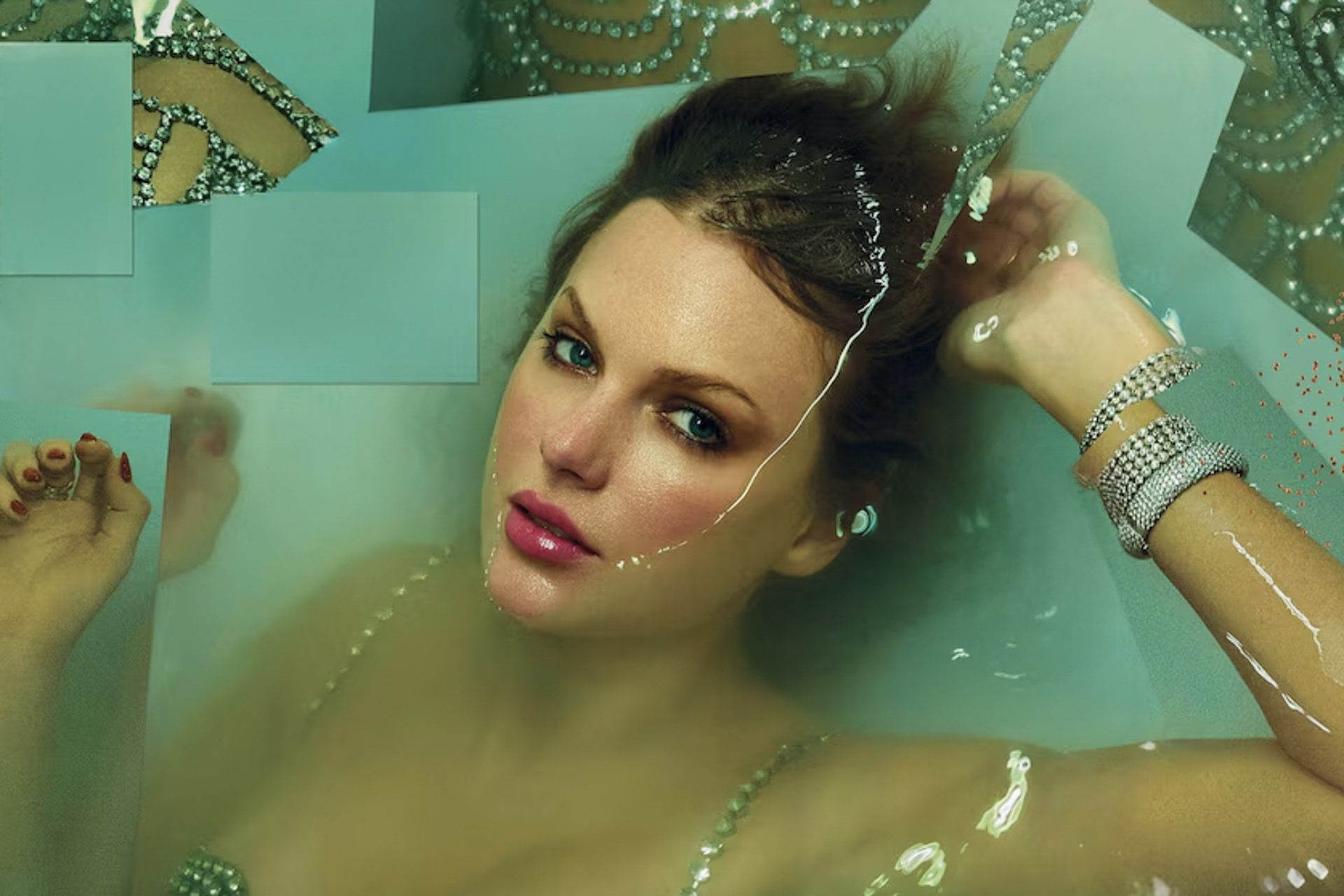A team of scientists from Stanford University managed to make several mice turn around temporarily transparent soaking them in food coloring, which many of us have in our kitchens: tartrazine. This way, they could see their organs and blood vessels without the need for imaging techniques like MRI or X-rays. And the best part is that after washing transparent mice They returned to normal without any side effects.
It is inevitable to think about what applications this might have if it were implemented. extrapolate to humans. Can we be transparent for a while? Can we say goodbye to X-rays? And even more curiously, will it be enough to smear some yellow food coloring on paella? I wish all these answers were as simple as we’d like them to be, but the reality is that they’re not quite that simple.
However, the potential to make mice transparent is huge, which makes this news no less exciting. Let’s see how they did it and, of course, what their real applications.
Transparent mice thanks to simple dye
Transparency question about optics. Therefore, in order for living tissues to become transparent and we can see what is underneath them, it is necessary that they meet a number of conditions regarding their interaction with light.
Usually, different components of a surface or tissue have different refractive indices. This makes light double in different ways and reaches us as a kind of dense tapestry. Therefore, to make an object transparent, all the refractive indices must be combined. The light will no longer be scattered as before, and a large hole will open in the tapestry through which we can see what is underneath.
To achieve this, the tissue must have a low refractive index in its aqueous portion and a high refractive index in its aqueous-based components. proteins and fats. In this regard, there are some very useful methods that can be used in dead tissue or inert materials, but they would be lethal to living organisms. What if you could just use food coloring?
The authors of this study were aware of the optical properties of tartrazine. After studying them in depth, they thought that perhaps they could help make mice transparent. For this reason, they tried mixing water with a specific tartrazine-based dye in different concentrations. They then extended the result to mouse scalp shaved.
When exposed to light, the refractive index of the aqueous portions of the fabric was observed to change due to the absorption of light in the near ultraviolet and blue regions of the spectrum. This allows it to better match refractive index nearby materials with high refraction. In this way, the non-absorbing part of the spectrum, i.e. the red/orange part, is transmitted deeper through the fabric. The result is a temporary transparency effect that can be eliminated by a quick wash without causing harm to animals.
Even better are transparent mice
The study’s authors believe that if the dye could be injected instead of being spread, the effect would be even more noticeable. However, it is first necessary to study whether this would be harmful to animals.
What is all this for?
The first application of transparent mice will be purely in the field of research. For some experiments we will use animal models such as zebrafish or some worms which are characterized by the presence of transparent bodies. This allows us to see possible changes in your blood vessels or organs. For example, tumors can be studied with the naked eye.
Sometimes it is better to use mice, because they are closer to humans in some aspects. But of course they are opaque. They lose a lot of points there. So this discovery will help a lot in advancing many areas of research.
In addition, the study authors believe that this method may be useful for support for other visualization tests. Even make some diagnoses without the need for other tests. Some tumors can be detected or even veins can be found very quickly to draw blood. But that’s soon. Unfortunately, we still can’t say goodbye to X-rays. And not only because it’s not known whether the bones were clearly visible. But also because the fact that it worked on mice doesn’t mean it can be extrapolated to humans.
What happens if we put tartrazine on ourselves?
If you’ve been tempted to grab paella dye from the pantry and smear it on your hand, don’t rush. There are several reasons why we can’t emulate transparent mice at home.
First of all, we have already seen this at this point It is not known whether this can be extrapolated to humans.. On the other hand, the dye in our species box often contains more components or is of a different purity than the one these scientists used. Special lamps would also have to be used. Our hand, if all else were not a problem, would not simply become transparent. We have all had our hands stained with dye at some point, and our fingers did not suddenly disappear.

At the moment it is in its infancy, but it is an interesting investigation. Could we have in the future invisibility cloak like Harry Potter? Will we finally be able to say goodbye to X-rays? There is still much left for that. Let us be content with what we have and continue to dream of what science will one day give us.
Source: Hiper Textual













